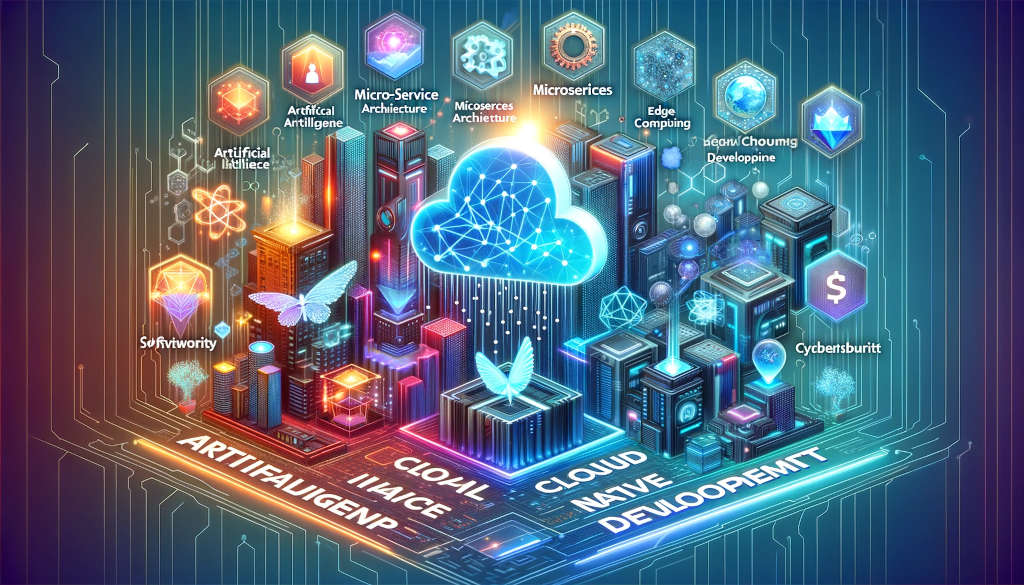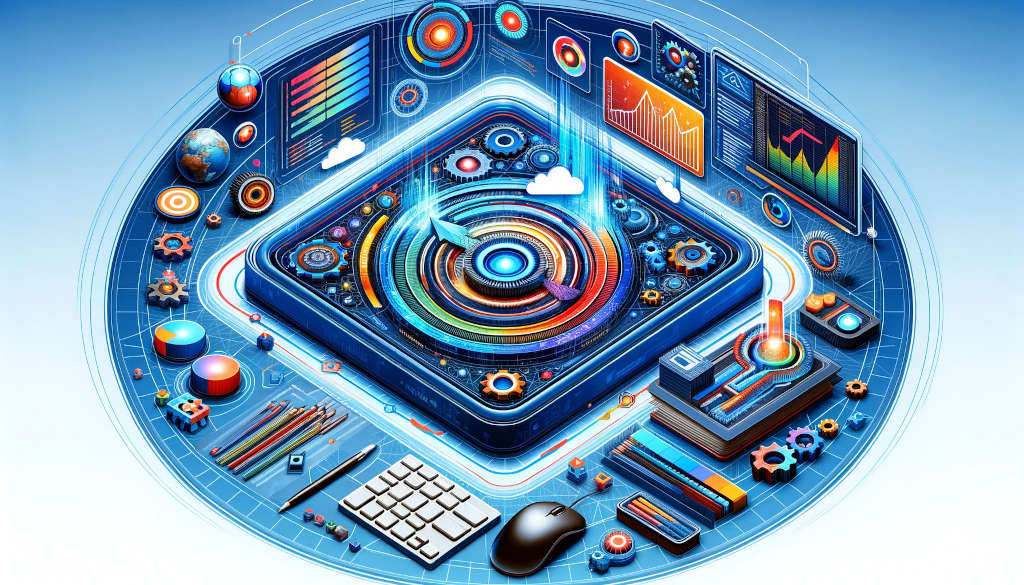Minimalism and Simplified Navigation
The trend towards minimalism in UX design continues to dominate. A clean, uncluttered interface with simplified navigation not only appeals aesthetically but also enhances usability. This approach reduces cognitive load, making it easier for users to find what they need without being overwhelmed by too many options or excessive information.
Personalization and User-Centric Design
Personalization has become a key element in UX design. By tailoring user experiences based on individual preferences, behaviors, and past interactions, software can offer a more relevant and engaging experience. This trend is about moving beyond one-size-fits-all solutions to create interfaces that adapt and respond to the unique needs of each user.
Inclusive and Accessible Design
Inclusive design ensures that digital products are accessible to all users, regardless of their abilities or circumstances. This includes considering color contrasts for visually impaired users, providing alternative text for images, and ensuring that interfaces are navigable via keyboard for those who cannot use a mouse. An inclusive approach to UX design not only broadens your user base but also reflects a commitment to social responsibility.
Advanced Animations and Micro-interactions
Animations and micro-interactions are becoming increasingly sophisticated. These small animations guide users through their interactions with the software, providing feedback and enhancing the overall experience. When used appropriately, they can make interfaces more intuitive and enjoyable to use.
Voice User Interfaces (VUIs) and Conversational Design
As voice recognition technology becomes more advanced, voice user interfaces are gaining popularity. VUIs allow users to interact with software using voice commands, offering a hands-free, seamless experience. This trend is particularly relevant in the context of mobile devices and smart home technologies.
Augmented Reality (AR) and Virtual Reality (VR) in UX Design
AR and VR technologies are starting to make a significant impact on UX design. By offering immersive and interactive experiences, they open up new possibilities for user engagement. This is particularly evident in sectors like e-commerce, education, and gaming, where AR and VR can provide users with experiences that are not possible in a traditional two-dimensional interface.
Emphasis on Emotional Design
Emotional design focuses on creating products that elicit positive emotions from users. This involves considering the psychological and emotional responses that different design elements might evoke. By creating an emotional connection with users, companies can foster brand loyalty and user satisfaction.
Conclusion
The field of UX design is continuously evolving, with new trends and technologies emerging regularly. By staying abreast of these developments, companies can create digital interfaces that are not just functional, but also engaging and satisfying to use. At Mazooma, we are committed to incorporating these latest trends in UX design, ensuring that our software solutions offer superior user experiences that meet and exceed the expectations of our clients and their customers. As we look to the future, it is clear that the focus on user experience will only continue to grow, further emphasizing the importance of UX in the development of successful digital products.



